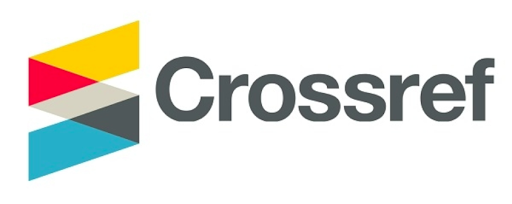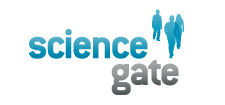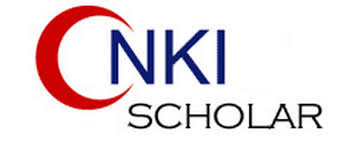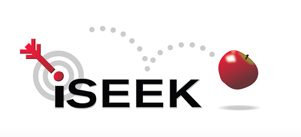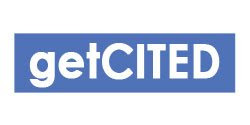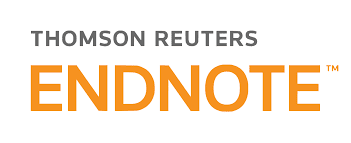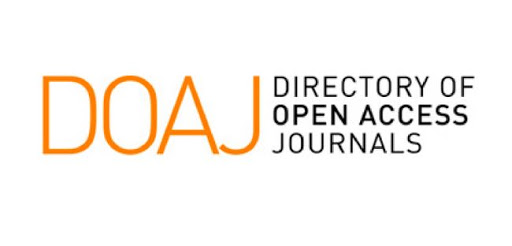Aim & Scopes
Sapporo Medical Journal aims to distribute and expand medical data to the World as well as build a supportive and vibrant community of researchers to connect and explore ideas by publishing articles related to all fields of medicine. Sapporo Medical Journal believes that quality and ethical research. The journal seeks to publish original research articles that are hypothetical and theoretical in its nature and that provide exploratory insights in the following fields but not limited to:
LATEST PUBLISHED PAPERS

Abstract : Abstract— Purpose: The aim of this study was to evaluate the bite force value between patients wearing PEEK frameworks fabricated by CAD-CAM in mandibular hybrid screw retained implant-supported prosthesis with all on four concepts. Materials and Methods: This study was a comparative clinical trial. It was conducted on six completely edentulous patients, according to the calculated sample size each patient received hybrid prostheses reinforced with PEEK framework. Biting force was assessed by a bite force transducer. All assessments were carried out three months after hybrid denture insertion as follows: - 1 week, 1 month, 3 months follow-up periods Results: The mean ±SD of bite force for peek group is 91.50±2.38 at 1 week ranging from 88.48 to 93.51, 88.43±4.37 at 1 month ranging from 80.22 to 92.4, 90.69±2.61 at 3 months ranging from 85.93 to 93.08. The repeated Measures test was used to assess change in bite force during follow-up from 1 week to 1 month to 3 months and demonstrates statistically non-significant difference between different follow up periods. Conclusion: Within the limitation of this study, the bite force value increases over time. The use of PEEK is very important in improving the bite force value and has proven highly effective in these cases

Abstract : Introduction: The clinical characteristics of surgical soft tissue healing in dentistry have received limited attention in the international literature. Postoperative assessments such as periodontal and peri-implant probing, bleeding on probing, and plaque accumulation should be conducted after tissue healing to detect signs and symptoms potentially associated with surgical complications. Aim: This study aimed to evaluate clinical indicators of surgical wound healing—particularly in periodontal and implant dentistry—and to outline appropriate monitoring procedures. Materials and Methods: This comparative clinical study was conducted on 16 dental implants placed in nine patients with severely decayed posterior maxillary teeth. In the study group, socket preservation was performed prior to implant placement, whereas the control group received implants without prior socket preservation. Postoperative assessments included evaluation of gingival health and identification of periodontal disease, if present. Results: No statistically significant differences were observed between the study and control groups in terms of probing depth (mean: 2.31 ± 0.61 mm vs. 2.04 ± 0.58 mm; P > 0.05), bleeding on probing (mean: 0.33 ± 0.48 vs. 0.56 ± 0.51; P > 0.05), or plaque index (mean: 0.78 ± 0.53 vs. 1.15 ± 0.53; P > 0.05). Conclusion: The findings demonstrated no statistically significant differences between the study and control groups regarding probing depth, bleeding on probing, or plaque

Abstract : The aim of this study was to evaluate the bite force value time through out between patients wearing Glass fiber reinforced composite resin frameworks fabricated by CAD-CAM in mandibular hybrid screw retained implant-supported prosthesis with all on four concept. Materials and Methods: This study was a comparative clinical trial. It was conducted on six completely edentulous patients according to the calculated sample size each patient received hybrid prostheses reinforced with Glass fiber reinforced composite resin framework. Biting force was assessed by a bite force transducer. All assessments were carried out nine months after hybrid denture insertion as follows: - 1 week, 1 month, 3 months, 6 months, 9 months follow-up periods Results: The mean ±SD of bite force for glass fiber is 82.25±9.18 at 1 week ranging from 68.75 to 91.67 , 88.49±6.31 at 1 month ranging from 76.14 to 92.06 , 90.59±3.95 at 3 months ranging from 83.04 to 93.85, 93.96±3.66 at 6 months ranging from 88.12 to 96.04 and 96.02±4.02 at 9 months ranging from 91.03 to 99.06. The repeated Measures ANOVA test was used to assess change in bite force during follow up from 1 week to 1 month to 3 months to 6 months to 9 months and demonstrates statistically significant difference between different follow up periods. Within the limitation of this study, the bite force value increases over time. The use of glass fiber is very important in improving the bite force value and has proven highly effective in these cases.

Abstract : Purpose: The objective was to compare abutment teeth surface roughness between two different Cobalt-Chromium removable partial denture framework processing be different techniques (casting 3D printed resin pattern and selective laser melting). Methods: twelve Cobalt-Chromium removable partial denture frameworks were constructed, divided into two equal groups, Group 1: 3D printed casted frameworks Group 2: selective laser melting frameworks. The abutment teeth surface roughness was estimated by using digital microscope with digital software before & after undergoing cyclic fatigue tests. Results: There was not a statistically significant difference in abutment teeth surface roughness behavior between the studded groups (3D printed RPD frameworks and SLM frameworks), but the difference became significant after the chewing simulation. Conclusions: both SLM and 3D casted cobalt chromium RPD frameworks provided acceptable abutment teeth surface roughness. Therefore, SLM-fabrication seems to be a viable alternative technology to fabricate cobalt chromium RPD frameworks.

Abstract : This in-vivo study compares the effects of two distinct attachment modalities on reduction in buccolingual bone width in patients with mandibular overdentures. The study population comprised completely edentulous individuals who received new complete maxillary and mandibular dentures. Two dental implants were installed in the canine regions of each mandible. Subjects were divided into two groups: Group I, utilizing Locator attachments, and Group II, employing Novaloc attachments, both fixated to the implants. Changes in bone buccolingual width around the implants were quantified radiographically using cone beam computed tomography (CBCT). Measurements were obtained at baseline, and at four, eight, and twelve months post-loading. Inferential statistical analysis using independent samples t-tests revealed no statistically significant difference between the Novaloc and Locator groups regarding reduction in buccolingual width at different times, except at the final time point (0-12 months) (p=0.028). The mean reduction in buccolingual width was higher in the Locator group than in the Novaloc group at all time points. The findings of this study suggest that the Novaloc attachment system demonstrates potential as a favorable option for implant-retained overdentures, exhibiting reduced buccolingual width reduction after a one-year follow-up period.













